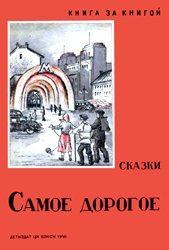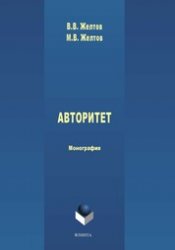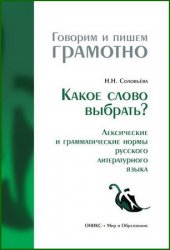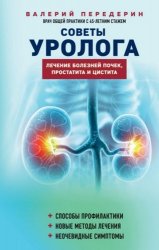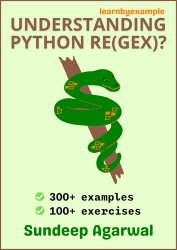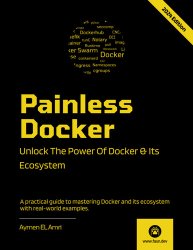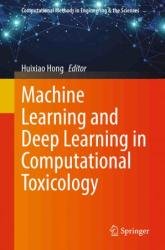 Название: Machine Learning and Deep Learning in Computational Toxicology
Название: Machine Learning and Deep Learning in Computational ToxicologyАвтор: Huixiao Hong
Издательство: Springer
Год: 2023
Страниц: 654
Язык: английский
Формат: pdf (true)
Размер: 19.5 MB
This book is a collection of Machine Learning and Deep Learning algorithms, methods, architectures, and software tools that have been developed and widely applied in predictive toxicology. It compiles a set of recent applications using state-of-the-art Machine Learning and Deep Learning techniques in analysis of a variety of toxicological endpoint data. The contents illustrate those Machine Learning and Deep Learning algorithms, methods, and software tools and summarise the applications of Machine Learning and Deep Learning in predictive toxicology with informative text, figures, and tables that are contributed by the first tier of experts. One of the major features is the case studies of applications of Machine Learning and Deep Learning in toxicological research that serve as examples for readers to learn how to apply Machine Learning and Deep Learning techniques in predictive toxicology. This book is expected to provide a reference for practical applications of Machine Learning and Deep Learning in toxicological research.
As new computational methods are developed, they can be applied to toxicology challenges, which will allow for continual iteration and improvement. Currently, Artificial Intelligence, mainly Machine Learning and Deep Learning, is in a Cambrian era with new advanced algorithms being developed and deployed across a number of fields. This rapid advance has quickly transformed industry, jobs, and even society. While machine learning and deep learning were developed in the context of other fields, they have all been successfully applied to computational toxicology.
This textbook will survey the landscape of the deployment of various advanced algorithms to solve important questions around the hazard and toxicity of chemicals. As many of these algorithms come from other fields, this work will also cover important best practices to be aware while deploying such algorithms to solve critical challenges. To give well-deserved attention to the many facets of computational toxicology, this book is divided into four parts. First, the text will detail the Machine Learning and Deep Learning algorithms most relevant to the field of computational toxicology and why they are relevant. Next, this will be expanded by describing tools and approaches to enable efficient application of advanced algorithms to toxicology. As examples are important to illustrate relevance, this textbook will then focus on the application of Machine Learning and Deep Learning to chemical toxicity prediction. This textbook will also delve into the future of nascent approaches and new progress in the area.
All calculations were performed using Python 3.9.7. Python is an open-source programming language that has been widely used in cheminformatics and Machine Learning. As a framework for Python, we utilized Jupyter Notebooks, an interactive open-source web-based application pre-installed with Anaconda. We provide a Jupyter Notebook that is designed to import data and calculate MLT models with the possibility for the user to customize the code to model other data by changing the hyperparameters and settings of the neural networks. The implemented models rely on Keras with TensorFlow backend, an open-source Machine Learning library for Deep Learning.
This book is a useful guide for toxicologists, chemists, drug discovery and development researchers, regulatory scientists, government reviewers, and graduate students. The main benefit for the readers is understanding the widely used Machine Learning and Deep Learning techniques and gaining practical procedures for applying Machine Learning and Deep Learning in predictive toxicology. For the computer scientist looking to apply Machine Learning and Deep Learning to other fields, this textbook showcases numerous examples of how others have successfully applied advanced computation to solve toxicology problems.
Contents:
1. Machine Learning and Deep Learning Promote Computational Toxicology for Risk Assessment of Chemicals
Part I. Machine Learning and Deep Learning Methods for Computational Toxicology
Part II. Tools and Approaches Facilitating Machine Learning and Deep Learning Methods in Computational Toxicology
Part III. Machine Learning and Deep Learning for Chemical Toxicity Prediction
Part IV. The Progress of Machine Learning and Deep Learning in New Areas
Скачать Machine Learning and Deep Learning in Computational Toxicology
[related-news] [/related-news]
Комментарии 0
Комментариев пока нет. Стань первым!




